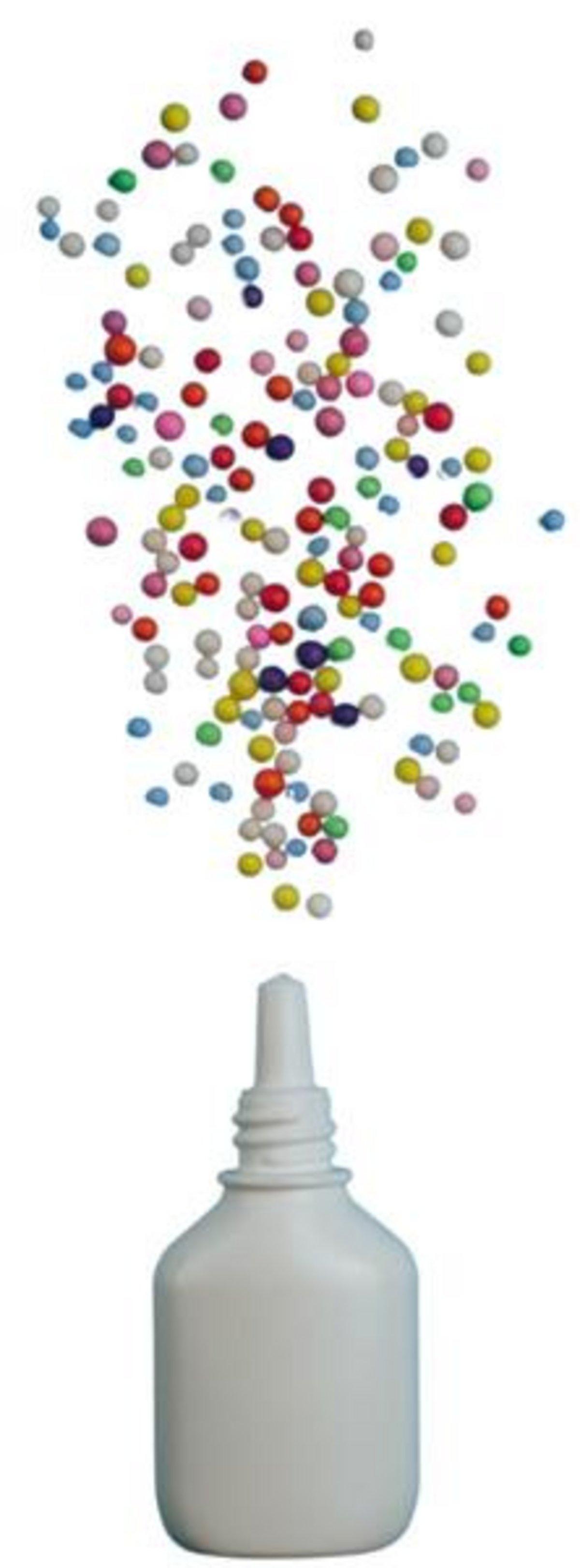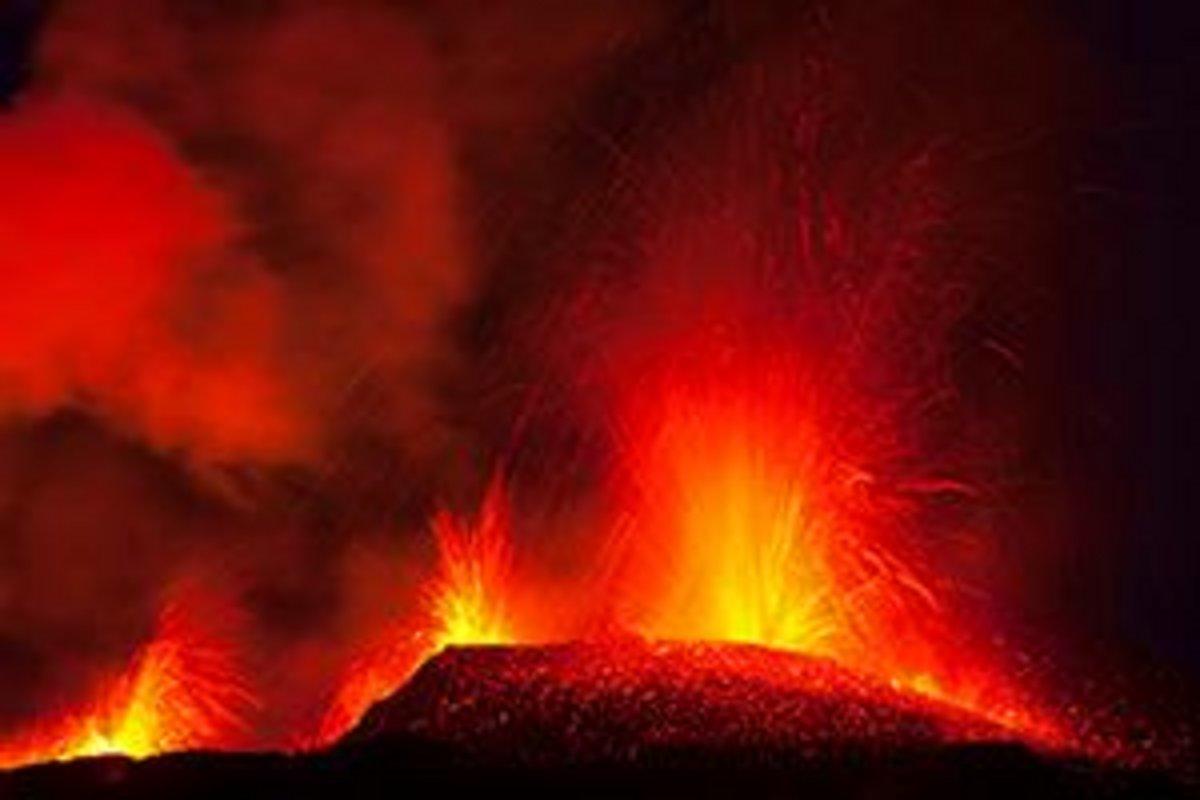Raman Imaging and Spectrometers
HORIBA Scientific is the world leader in Raman spectroscopy, with the benefits of more than 50 years of innovation in the technique.
<< Back to the Raman XPerience Newsletter articles
By Hajar Elazri, Application Scientist, HORIBA France
Particulate matter poses a growing threat to air quality and public health. It is a complex mixture of many chemical species, consisting of solids and aerosols. These include small droplets of liquid, dry solid fragments, and solid cores with liquid coatings. Particles vary in size, shape, and chemical composition, containing inorganic ions, elemental carbon, organic compounds, and compounds from the earth's crust.
To effectively understand the effects and assess the hazardous nature of particles, it is necessary to study them on a molecular level. Raman spectroscopy emerges as an effective method for revealing the chemical composition of airborne particles at the microscopic scale.
In the following sections, we explore three scientific articles that showcase different applications of Raman spectroscopy in the study of airborne particles.
The first article, titled "Chemistry at the level of individual aerosol particle using multivariate curve resolution of confocal Raman image" [1], focuses on the Raman analysis of airborne particles with aerodynamic diameters ranging from 1 to 10 μm. These particles were collected by impaction from an industrial/urban setting, using HORIBA's automated confocal Raman microspectrometer.
The study demonstrates the efficacy of computer-controlled high-resolution 3D Raman mapping, combined with multivariate curve resolution (MCR) techniques. By employing SIMPLISMAX and MCR-alternating least square (ALS) methodologies, the authors were able to analyze individual tropospheric aerosol particles. The analysis revealed a nuanced composition of industrial particles (e.g., PbSO4 and Fe2O3), crustal/marine particles (e.g., alumino-silicates and CaSO4·2H2O), as well as particles originating or undergoing transformation in the atmosphere (e.g., NH4HSO4, NaNO3, and Ca(NO3)2·4H2O).
This research highlights the triumph of combining Raman spectroscopy with MCR analysis in depicting chemical species within particles. It sheds light on the intricacies of atmospheric particulate transformation and heterogeneity, contributing significantly to the exploration of air particles and advancing our understanding of the dynamics governing atmospheric aerosols.
The second article, titled "Resolving the internal structure of individual atmospheric aerosol particle by the combination of Atomic Force Microscopy, ESEM–EDX, Raman and ToF–SIMS imaging" [2], presents a comprehensive micro-analytical approach. This approach integrates Raman Microspectrometry (RMS), Atomic Force Microscopy (AFM), Environmental Scanning Electron Microscopy coupled with Energy-Dispersive X-ray analysis (ESEM–EDX), and Time-of-Flight Secondary Ion Mass Spectrometry (ToF–SIMS) to describe the internal structures of individual aerosol particles.
A noteworthy aspect of this study is the pioneering application of Raman microspectrometry, which provides molecular information on microscopic volumes under ambient conditions, offering a direct characterization of particle composition. The results showed distinct physicochemical profiles of airborne particles influenced by marine air masses in an industrial setting. Raman microscopy provided detailed information on internal mixtures within individual particles, unveiling a combination of genuine sea salt with reacted sea salts (e.g., NaNO3) and the presence of an organic thin layer. Downwind from the industrial area, Raman imaging portrayed solid particles featuring internal mixtures of iron oxides (e.g., Fe2O3, FeOOH, and Fe3O4), as well as marine-derived particles coated in organic layers.
This study underscores the crucial role of Raman microspectrometry, along with complementary techniques, for a holistic approach in unraveling the internal structures of individual aerosol particles. It enhances our comprehension of atmospheric processes, which is essential for understanding their environmental and health impacts.
In a different case study, the third article, titled "Identification and characterization of individual airborne volcanic ash particles by Raman microspectroscopy" [3], marks a major achievement in volcanic ash (VA) analysis. It presents the inaugural application of Raman microspectroscopy to identify and characterize individual airborne VA particles. These particles were collected during research aircraft flights near the Eyjafjallajökull volcano eruption and over Europe.
Raman microscopy discerned significant spectral differences between VA and other aerosol particles (e.g., soot, nitrates, sulfates, and clay minerals), enabling precise identification of VA amid diverse atmospheric particulate matter. The airborne VA exhibited a distinctive Raman pattern typical of SiO2 glasses and ferric minerals, with observed differences between aged and fresh particles suggesting variations in chemical composition and/or structure. Cluster analysis further compared Eyjafjallajökull VA particles from different sites, and with a range of minerals, providing valuable insights into their composition and structure.
This research demonstrates the success of Raman microspectroscopy as a rapid, non-destructive, and high-resolution technique in efficiently discriminating VA particles from other atmospheric constituents. It offers crucial insights into ash clouds and their implications for air traffic and public health.
All in all, Raman spectroscopy has proven to be a powerful tool for understanding the composition and effects of particulate matter in the atmosphere. The discussed articles highlight the versatility and effectiveness of HORIBA's Raman solutions in analyzing individual aerosol particles at a molecular level. HORIBA's automated confocal Raman microspectrometry, along with complementary tools and techniques, enables detailed analysis of aerosol particles and their chemical composition. This approach provides valuable insights into atmospheric particulate transformation, heterogeneity, and the dynamics governing atmospheric aerosols.
In addition to HORIBA's powerful Raman instruments, another notable solution offered by the company is its Multivariate Analysis module MVA Plus. While Raman spectroscopy quickly identifies and quantifies chemical compounds in diverse samples, the complexity of some samples necessitates efficient mathematical tools to accurately analyze the data. The MVA Plus module serves as an ideal solution, seamlessly integrating spectral and optical data to generate comprehensive sample maps. Fully integrated into the instrument's software, the module offers three main groups of multivariate methods: Decomposition for component identification, clustering for grouping similar spectra, and quantitative analysis for concentration prediction based on known data. MVA Plus combines common unsupervised multivariate algorithms, including PCA, MCR, HCA, and K-means, with Smart Adaptive Classical Least Squares (CLS) Fitting for image generation. It streamlines the determination of reference spectra, swiftly compares different multivariate algorithms, and provides a user-friendly workflow interface for accurate Raman image generation.
[1] Sobanska, S., Falgayrac, G., Laureyns, J., & Brémard, C. (2006). Chemistry at level of individual aerosol particle using multivariate curve resolution of confocal Raman image. Spectrochimica Acta Part A: Molecular and Biomolecular Spectroscopy, 64(5), 1102-1109.
[2] Sobanska, S., Falgayrac, G., Rimetz-Planchon, J., Perdrix, E., Brémard, C., & Barbillat, J. (2014). Resolving the internal structure of individual atmospheric aerosol particle by the combination of Atomic Force Microscopy, ESEM–EDX, Raman and ToF–SIMS imaging. Microchemical Journal, 114, 89-98.
[3] Ivleva, N. P., Huckele, S., Weinzierl, B., Niessner, R., Haisch, C., & Baumann, T. (2013). Identification and characterization of individual airborne volcanic ash particles by Raman microspectroscopy. Analytical and bioanalytical chemistry, 405, 9071-9084.
Máte nějaké dotazy nebo požadavky? Pomocí tohoto formuláře kontaktujte naše specialisty.


